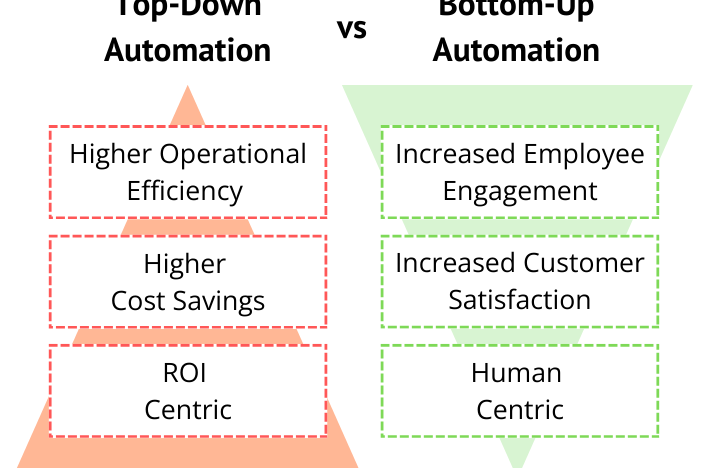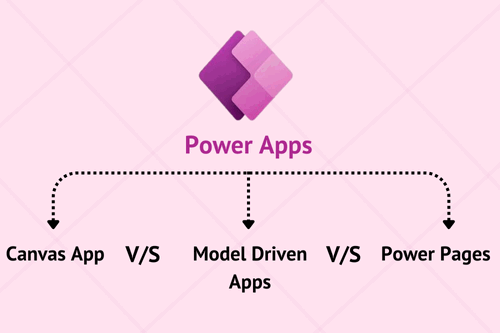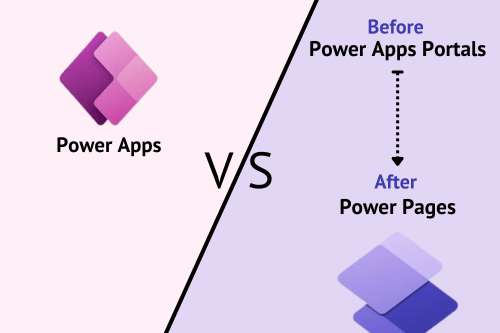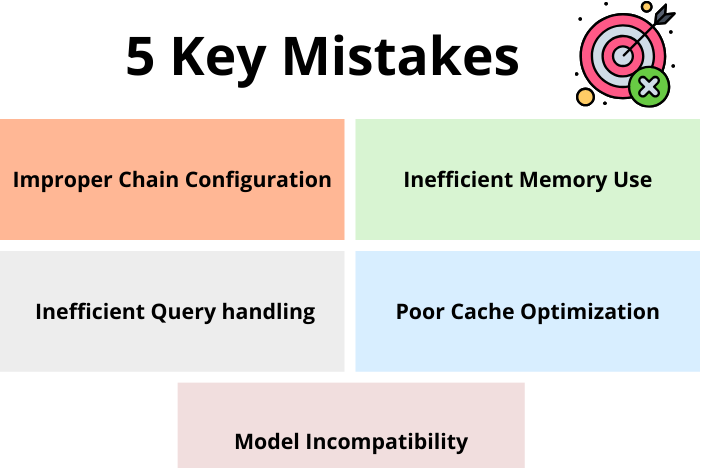Expectations are high when young people set out on the next chapter of their academic careers after high school. And with technology being such a prevalent component of a college education, more universities are implementing the Internet of Things to keep up with demand for connected devices.
While IoT applications are becoming common in most major industries (Transportation, Utilities, Fitness), the Academic industry has been surprisingly slow to adopt according to Educause. Nonetheless, universities across the country are finding exciting ways to integrate it into their campuses to optimize energy consumption, provide research opportunities, and enrich student experiences.
1) Optimize University Energy Consumption
Did you know that Arizona State University’s IoT system has the power to turn off faucets left running in the stadium? And at the University of Washington, there are IoT systems for environmental control monitoring, HVAC, and lighting controls. Information from thousands of sensors across a campus can collect and analyze information through one connected software ecosystem to provide meaningful insight into how your university is being operated—that’s the power of the IOT energy management capability.
2) Research Opportunities
With IoT being a relatively new revolution, there is much untapped potential, and who better to explore the technology than bright college minds.
The University of Wisconsin-Madison capitalized on its students’ curiosities by creating a lab focused on collaborative learning, researching, and experimenting with the IoT. According to the UWM website, the IoT Systems Research Center “aims to foster deeper understanding, accelerated innovation, and successful deployment of IoT and industrial analytics.” This not only offers chances for students to familiarize themselves with budding new developments in tech, their research is also helping to expand the comprehension of IoT so that we can one day use it to its fullest potential (example here).
3) Enrich Student Experiences
With classes, work, and a social life to manage, college students are seeking convenience. This led researchers at Carnegie Mellon University to develop Snap2It: an IoT app that links users to a printer or projector after they’ve taken a photo of it on their smartphone. Impromptu is another IoT program developed at CMU which calls up shared apps when they are needed, such as a public transit app when the user is standing near a bus stop.
The future of technology is ubiquitous and agile.
IoT is becoming the biggest trend in higher education because of its ability to conserve campus resources, provide opportunities for exploration and analysis, and introduce convenience into student life. While some are hesitant to adopt IoT applications, Sunflower Lab believes in running towards these new technologies together and tackling your demands with positive vigor and great results.
Related Posts
Digital Transformation Strategy for 2022: First Steps, Benefits, Technology
Digital transformation is a movement to modify existing business processes to meet the needs to today’s digital age.
Android vs iOS Which Platform to Build Your App for?
Android vs iOS Which Platform to Build Your App for? Discover pros and cons, demographic information, pricing, development timeline, and…
#1 Mobile Application Development Company in New Jersey
Sunflower Lab is a mobile app development company in New Jersey. This is how we set ourselves apart from the competition.
Get a FREE estimate for your project today.
Our team of experts will review your project and give you a quote at no cost.
You might also like
Stay ahead in tech with Sunflower Lab’s curated blogs, sorted by technology type. From AI to Digital Products, explore cutting-edge developments in our insightful, categorized collection. Dive in and stay informed about the ever-evolving digital landscape with Sunflower Lab.










